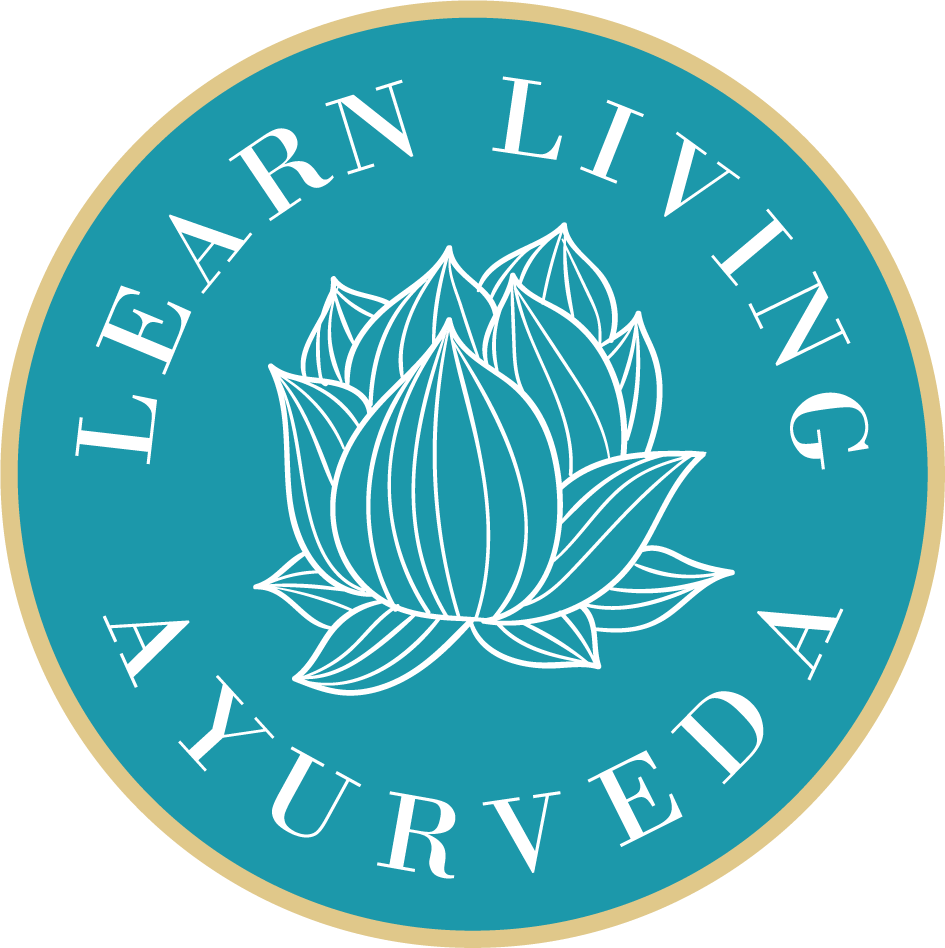Ghee
“Ghee is sweet in taste and cooling in energy, rejuvenating, good for the eyes and vision, enkindles digestion, bestows lustre and beauty, enhances memory and stamina, increases the intellect, promotes longevity, is an aphrodisiac and protects the body from various diseases”
– Bhavaprakasha 6.18.1

Ghee is clarified butter, made by simmering butter to allow proteins, saturated fats, and milk solids to separate out and settle to the bottom. This procedure removes the lactose content making it tolerable to those sensitive to lactose. Its high ‘smoke point’ (485°F or 252°C) makes it a good oil to cook with as it does not burn, oxidise or create free radicals. It is used as a vehicle for herbs, as it carries their fat soluble portions deep into the tissues, where it nourishes and lubricates them. It is considered to be a superior rasayana/rejuvenator as it nourishes all seven dhatus and increases ojas.
Ghee is composed of approximately 65% saturated fat and 25% monounsaturated fat with about 5% polyunsaturated fats. The saturated fat portion is primarily (89%) made from short chain fatty acids, which are easily digested and assimilated. Ghee contains 3% of the antioxidant linoleic acid and phenolic antioxidants, which bolsters the immune system. It also contains fat soluble vitamins A, D, E and K and is said to lower cholesterol and benefit the HDL:LDL ratio.
Ghee has a sweet taste and post-digestive effect, it enkindles agni, balances all three doshas, regulates apana vata and has a particular affinity for the brain and nervous tissues. Traditionally in Ayurveda, ghee has been used to promote memory, intelligence, and to enhance fertility as it promotes healthy semen. It is best avoided in conditions of excess kapha.
- 1/2kg/1 pound of unsalted, organic butter
- Heat butter in a heavy pan and simmer on medium heat uncovered for about 15 minutes, until it makes a crackling sound. During this process foam will rise to the surface and sediment of fat solids will collect at the bottom of the pan. Watch closely and stir occasionally with a clean dry wooden spoon so as to not let the fat solids burn. Once the fat solids on the bottom have turned a light brown and the liquid goes a clear colour, the ghee becomes fragrant like popcorn or caramel, and then it is ready. Take it off the heat, leave to cool slightly and then pour it through cheesecloth or similarly fine filter, into an airtight jar. The ghee can be stored indefinitely unrefrigerated as long as it is covered and protected from water and any other contaminants. Always use a clean spoon/knife when taking ghee out of the jar.
